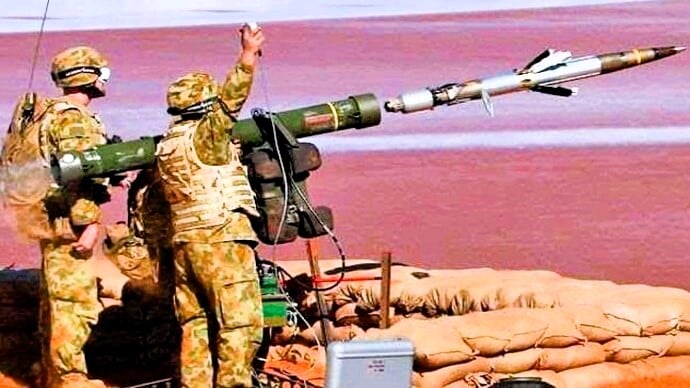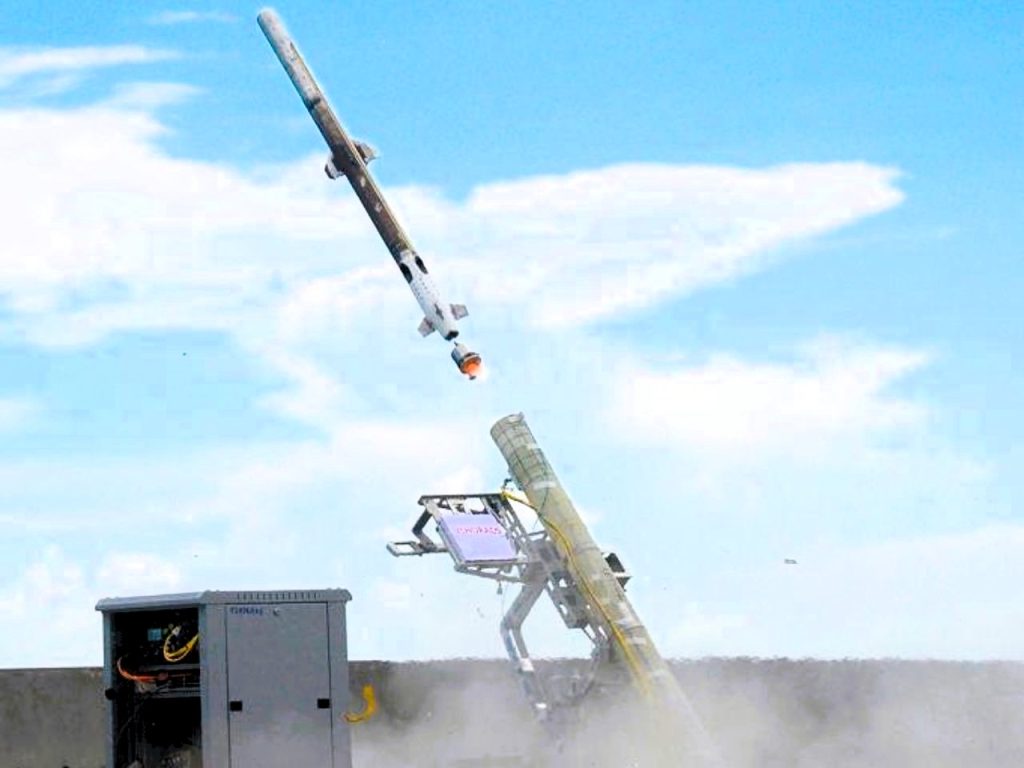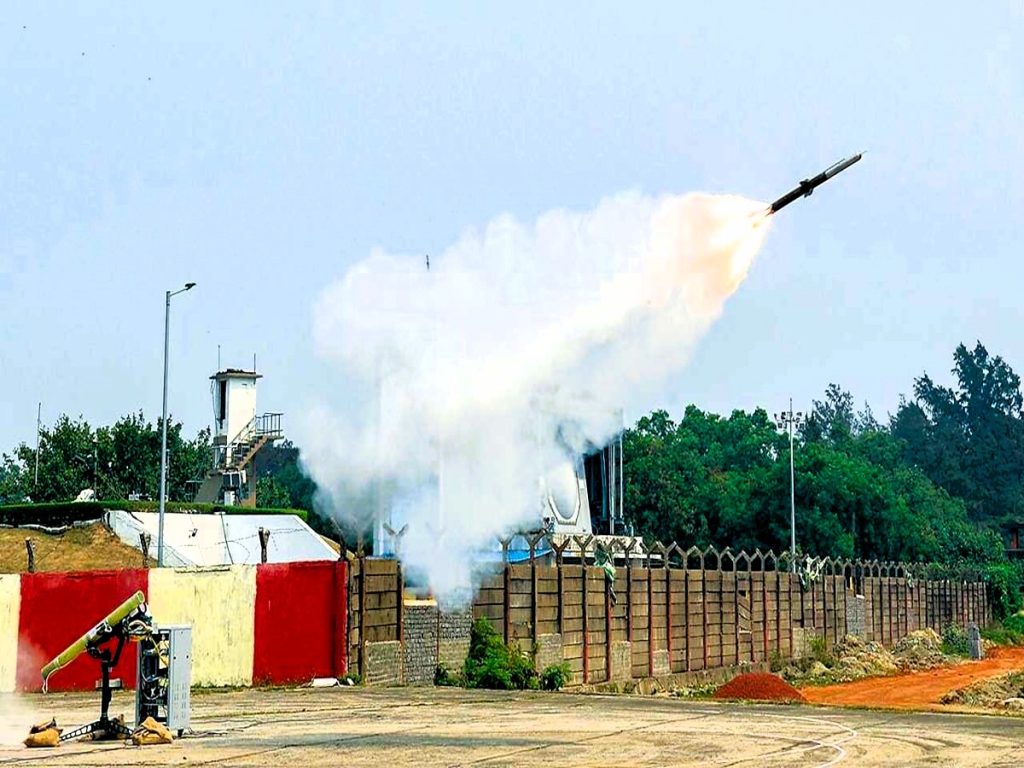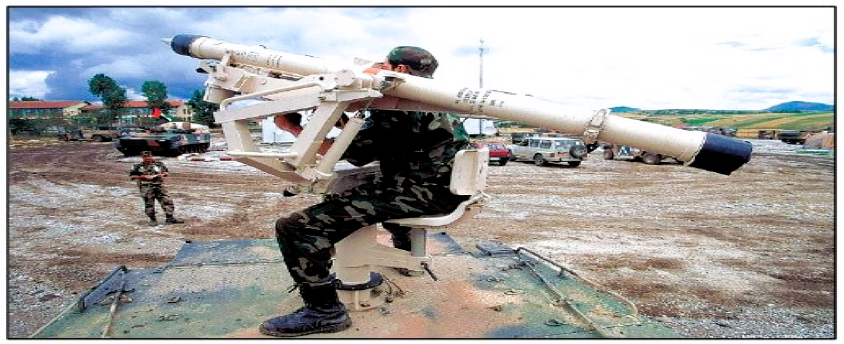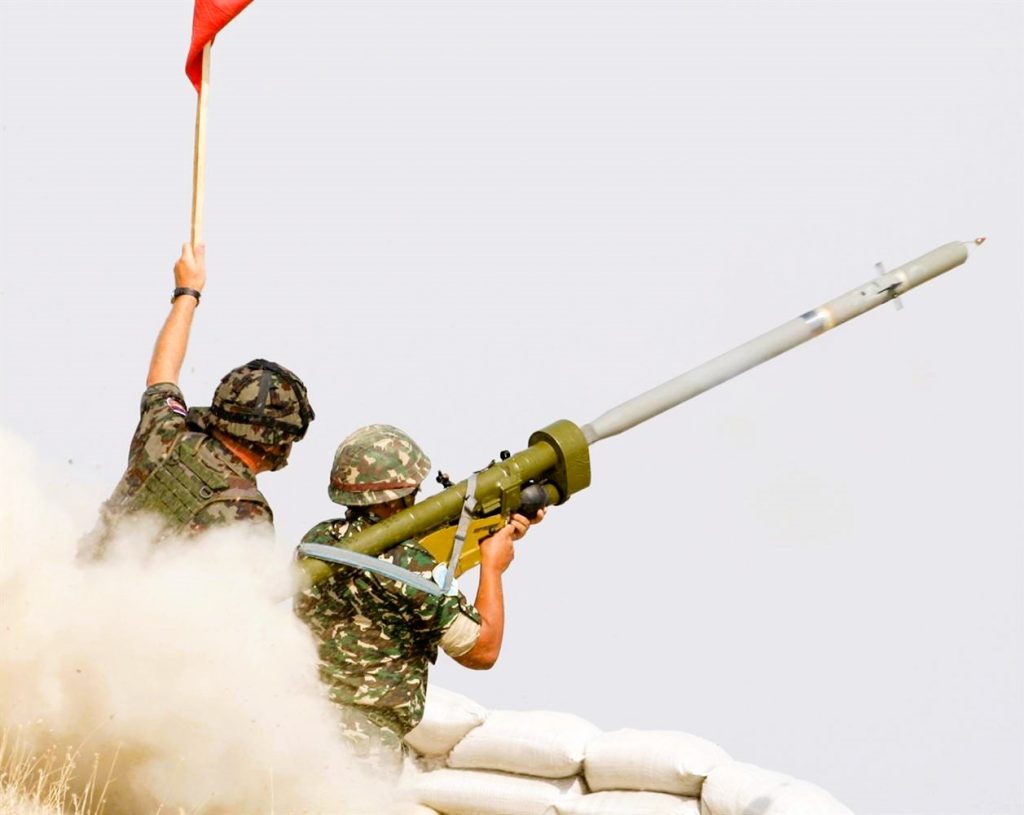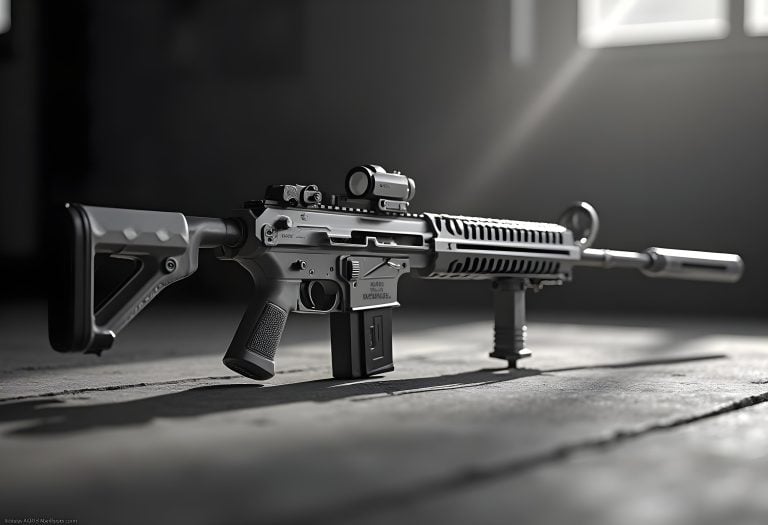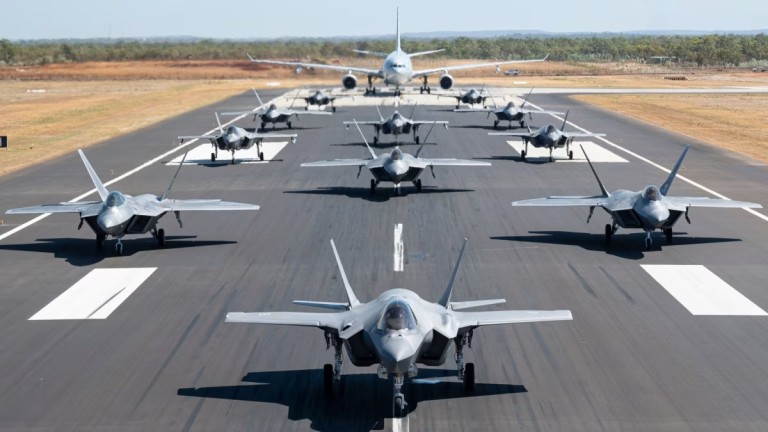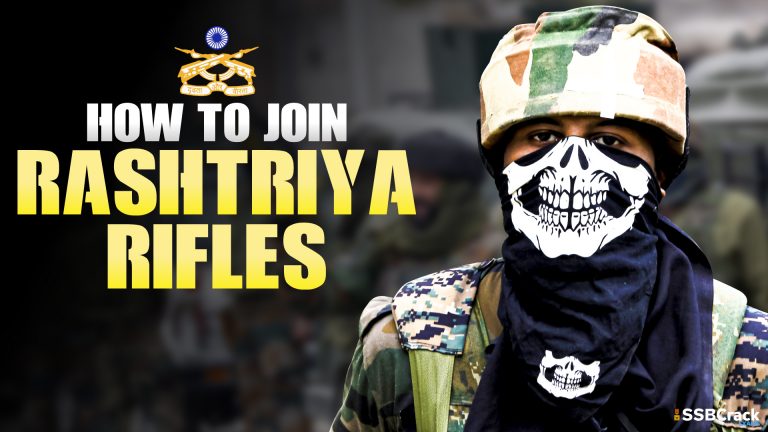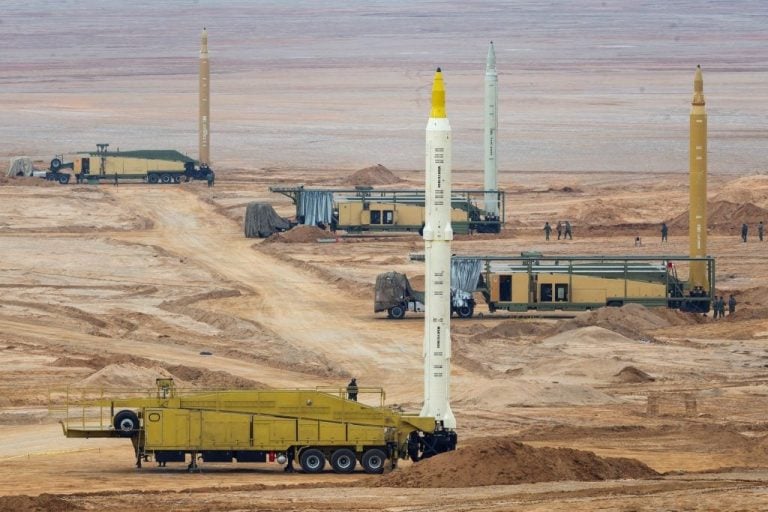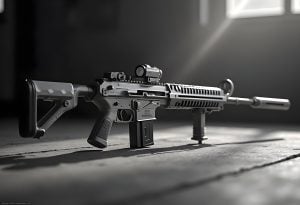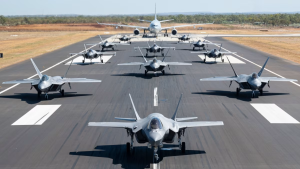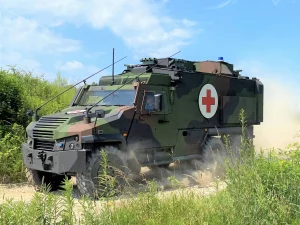In the ever-evolving landscape of modern warfare, the Indian Army has taken a decisive step to enhance its air defense capabilities by issuing a RFI For Short Range Air Defense System (VSHORADs). This strategic move underscores the critical importance of short-range air defense in India’s comprehensive, layered air defense strategy, serving as the final protective barrier for ground troops against the threats posed by enemy aircraft, drones, and helicopters.
Layers of Air Defense: Ensuring Comprehensive Protection
A robust air defense system is typically structured in three distinct layers:
High-Level Air Defense
These systems are designed to detect and engage enemy aircraft at very long ranges, with the capability to identify even small fighter aircraft with low Radar Cross Section (RCS) from hundreds of kilometers away.
Medium-Level Air Defense
Covering the mid-range spectrum, these systems provide an additional layer of defense against aerial threats.
Low-Level Air Defense
Also known as Short-Range Air Defense (SHORAD), these systems serve as the last line of defense for ground troops, protecting them from enemy aircraft, drones, and helicopters that often fly at low altitudes to evade detection by long-range systems.
DRDO Successfully Flight Tests VSHORADS
The Importance of SHORAD: Safeguarding the Frontlines
Enemy aircraft, such as fighter planes and helicopters, frequently employ low-altitude tactics to bypass long-range detection systems. This is where SHORAD systems play a crucial role, providing the soldier’s final line of defense against these aerial threats. These systems typically utilize:
Man-Portable Surface-to-Air Missiles (MANPADS)
Portable, shoulder-fired missiles that can be quickly deployed to engage enemy aircraft.
Gun Systems
Stationary or mobile gun-based systems, such as the Zu-23mm gun, that provide a rapid-fire defense against low-flying targets.
Several SHORAD systems, like the Stryker air defense variant, the Humvee-based Avenger system, and the Pantsir, were originally designed to protect armored columns from enemy aircraft, further underscoring their versatility and importance in modern warfare.
Historical Context and Recent Conflicts
The significance of SHORAD systems has been highlighted in various historical and contemporary conflicts:
Soviet-Afghan War
During the Soviet intervention in Afghanistan, MANPADS gained prominence as highly effective weapons against Russian aircraft, contributing to the eventual withdrawal of Soviet forces.
Ukraine Conflict
The ongoing conflict in Ukraine has demonstrated the effectiveness of these systems, with both sides extensively utilizing them to counter offensive air power. Numerous videos have surfaced online showcasing Ukrainian Igla missiles downing various Russian aircraft and cruise missiles.
What is a Very Short Range Air Defence System (VSHORADS)?
India’s VSHORAD Modernization Efforts
India is making substantial strides in modernizing its Very Short Range Air Defense Systems (VSHORADs) to bolster national security and enhance the capabilities of its armed forces. This modernization effort is a direct response to evolving aerial threats and aims to ensure robust, multi-layered air defense across diverse terrains and climatic conditions.
Recent Inductions
The Indian armed forces have recently started inducting the Igla-S, the latest variant of the missile, following a prolonged procurement process initiated in 2010. This process involved trials with various international systems, including the French MBDA and Swedish SAAB, before the Russian Igla-S was eventually chosen.
New RFI Specifications
The latest RFI, issued on behalf of all three services, outlines the following key requirements for MANPADS:
- Capability to engage fighters, helicopters, and drones with low heat signatures
- Flexibility in guidance systems, opening the doors for systems like the Swedish RBS-70 and the British Starstreak missile system
- Deployment across diverse terrains, from high-altitude regions to coastal areas, deserts, and high-humidity conditions
- Operational effectiveness in temperatures ranging from -30°C to +45°C and all weather conditions
- Portability for shoulder or tripod-mounted firing, and robustness for para-drop operations
Indigenous Development
India’s own VSHORAD system, developed by the Defence Research and Development Organisation (DRDO), has successfully passed multiple trials. This indigenous system features a Reaction Control System to enhance missile maneuverability and an Uncooled Infrared Seeker to reduce logistical demands.
Enhancing India’s Air Defense Capabilities
Manufacturers of other prominent SHORAD systems, including the Russian Verba, French Mistral, and U.S. Stinger missiles, are expected to respond to the RFI, which also seeks information on simulators and test equipment for the missile.
India’s initiative to upgrade its VSHORAD capabilities reflects its commitment to enhancing national security and ensuring robust air defense for its armed forces. As the procurement process moves forward, the integration of both indigenous and international systems will bolster India’s defensive and offensive capabilities in aerial warfare.
Conclusion
The Indian Army‘s release of the RFI for Very Short Range Air Defense Systems (VSHORADs) underscores the critical importance of short-range air defense in a comprehensive, layered air defense strategy. This strategic move aims to fortify the last line of defense for ground troops, addressing the evolving threats from enemy aircraft, drones, and helicopters that often employ low-altitude tactics to evade detection.
By modernizing its VSHORAD capabilities, India is taking a significant step towards strengthening its national security and ensuring the safety of its armed forces. The integration of both indigenous and international systems will further enhance India’s air defense capabilities, solidifying its position as a formidable force in the realm of aerial warfare.
FAQs
Q1: What is the purpose of the RFI released by the Army?
The Request for Information (RFI) aims to gather details from industry partners about the availability and capabilities of Short Range Air Defence Systems (SHORAD) to enhance the Army’s air defense capabilities.
Q2: What is a Short Range Air Defence System (SHORAD)?
SHORAD systems are designed to provide air defense protection against low-altitude threats such as aircraft, helicopters, and drones within a short range, typically up to 20-30 kilometers.
Q3: Who can respond to this RFI?
Defense manufacturers, contractors, and other industry stakeholders with relevant expertise and technology in SHORAD systems are invited to respond to the RFI.
Q4: What information is the Army seeking in the RFI?
The Army is looking for information on the technical specifications, operational capabilities, cost, availability, and integration potential of existing SHORAD systems.
Q5: How will the information gathered from the RFI be used?
The information will be used to assess the current market offerings and guide the development and procurement process for acquiring new SHORAD systems that meet the Army’s requirements.


